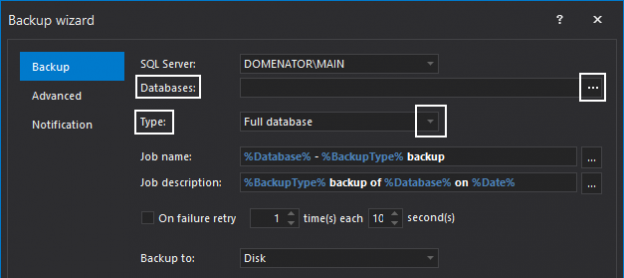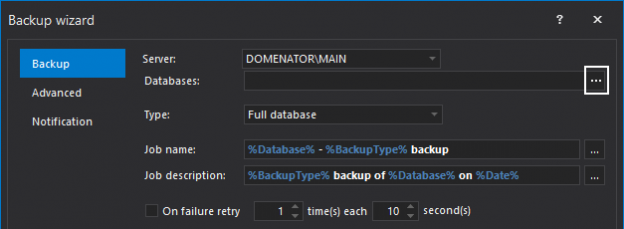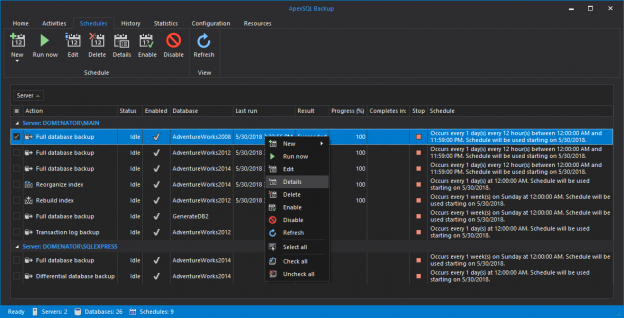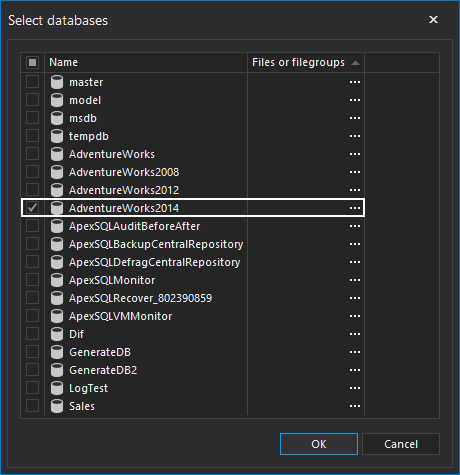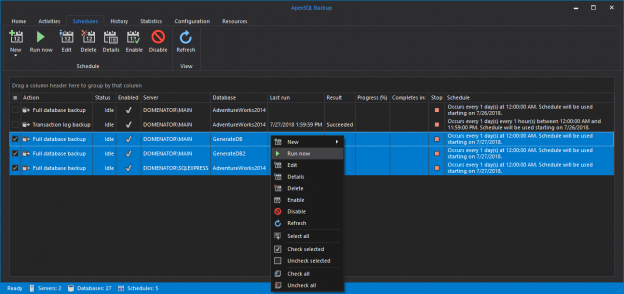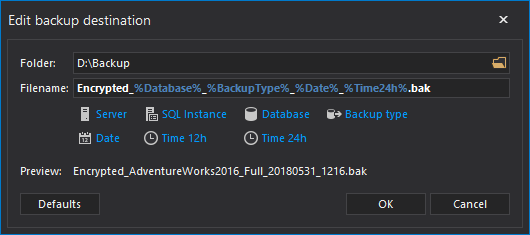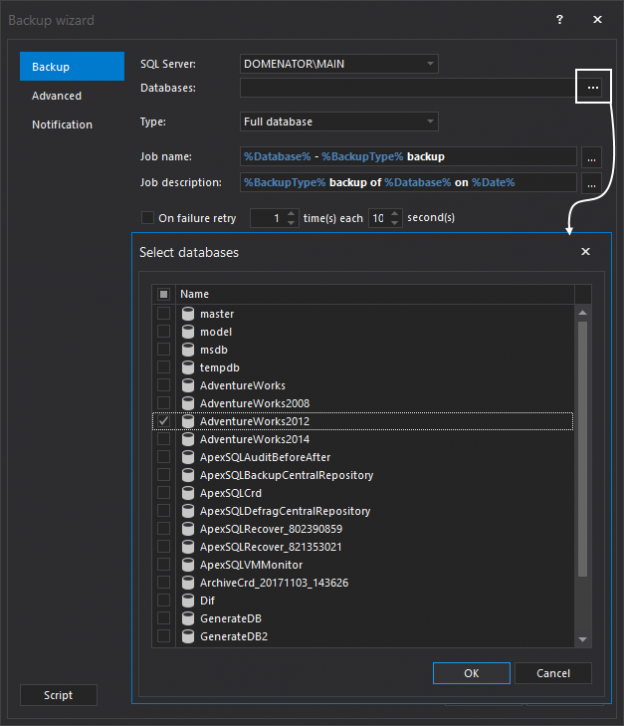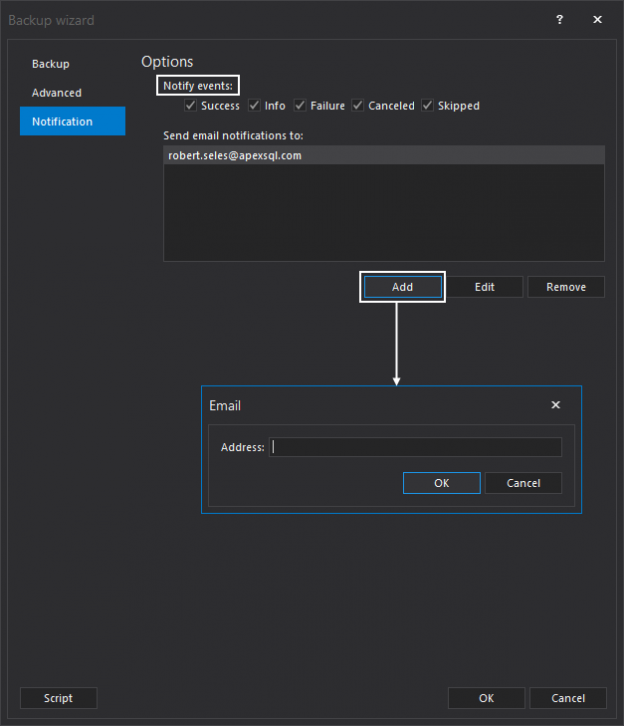
Introduction
For a SQL Server DBA handling multiple databases on any given time, knowing how to set up regular backup schedules, backups with unique names on a daily basis, making backup mirrors for redundancy, cleaning up old backup files is important. Equally important is automatic confirmation that the backups have been successfully created for the databases with an email notification. There are a couple of different ways to set up email notifications which can be done from Microsoft’s SQL Server Management Studio.
April 3, 2017


